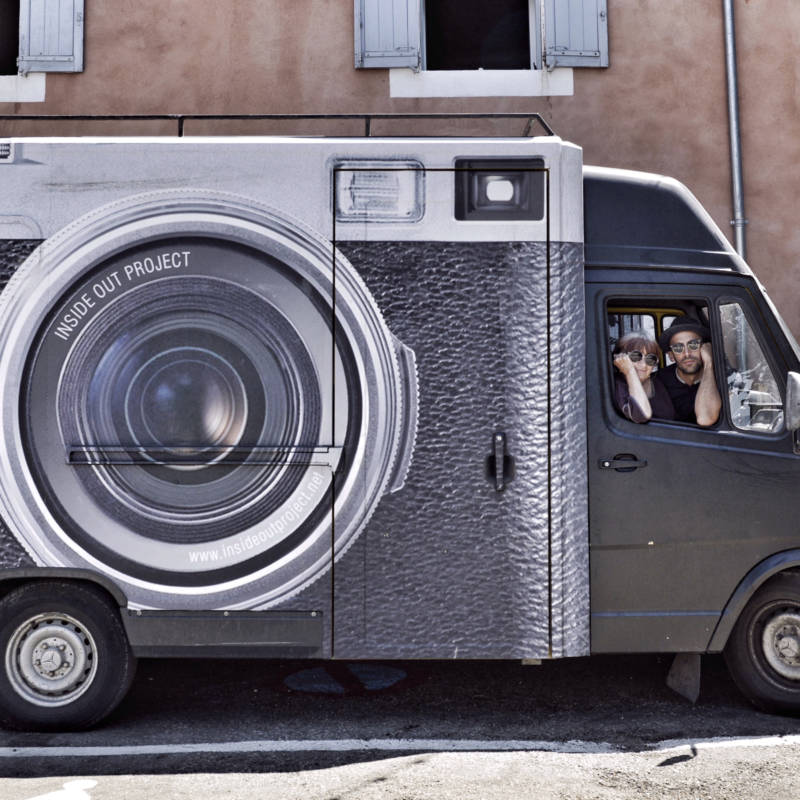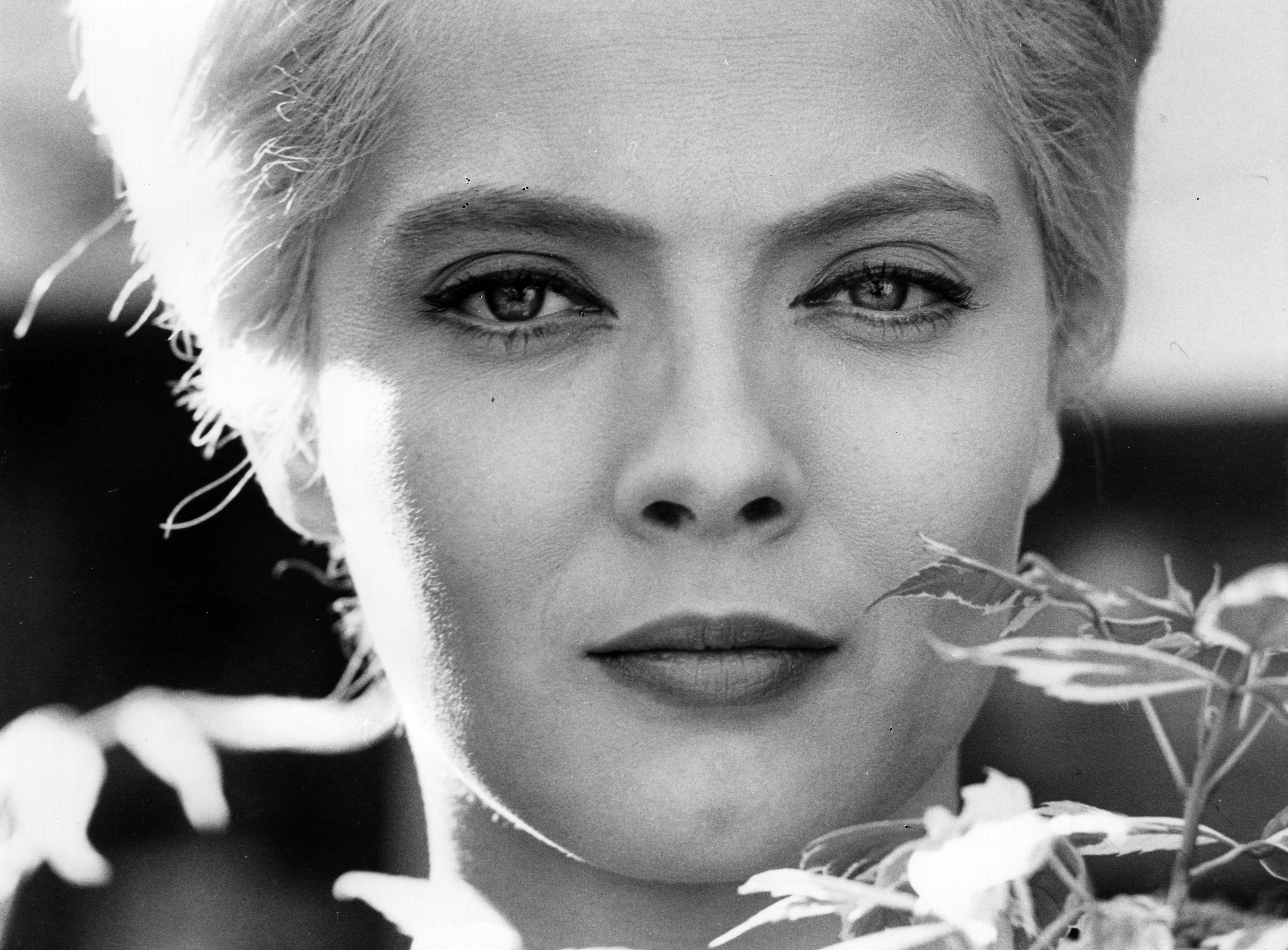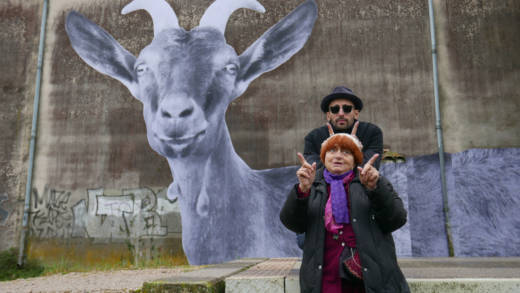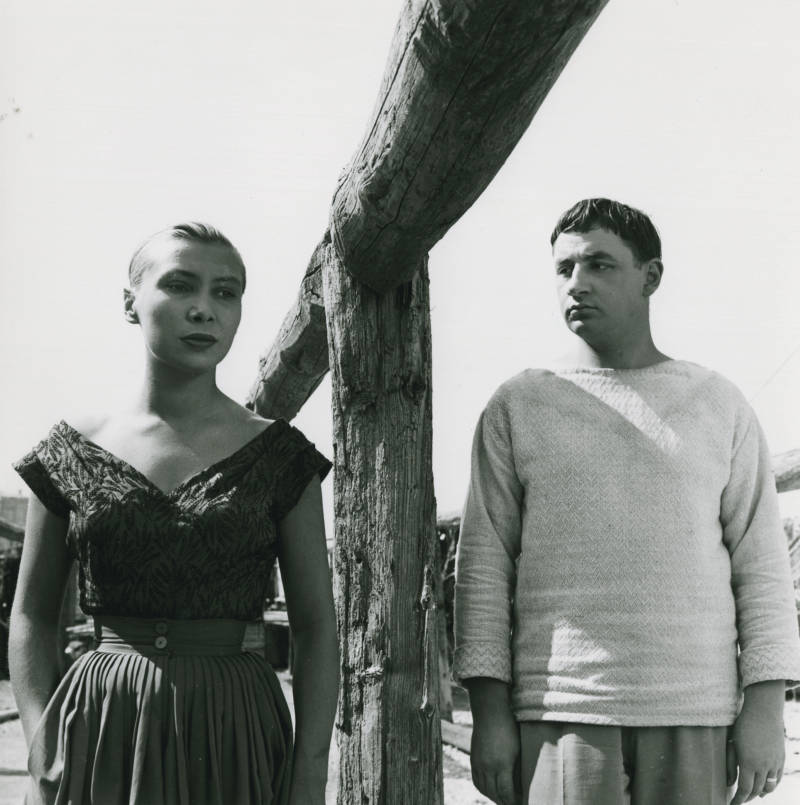“I’d say you’ve seen about 88 springtimes,” says famed photographer and muralist JR to Agnès Varda in just one of the many endearing moments in Faces Places. The film follows Varda — artist, photographer, and of course, patron saint of French New Wave — and JR in an on-the-go documentary that celebrates ordinary people.
The two travel through villages producing larger-than-life portraits of the locals they encounter. All the while, the odd couple forms a touching bond of their own. It’s no surprise that the film has opened to ebullient reviews. It uplifts, envelops, and tugs at the heartstrings — all the trappings of what will surely be an enduring classic.

Varda has now seen 89 springtimes. In recognition of her life’s work, she was awarded with an honorary Oscar at the Governors’ Ball this November — the first female director to receive such an award. During a particularly emphatic moment in her acceptance speech, she says, “I’ve been loved and praised… because I try to work to get the essence of cinema; finding a different structure for each film.”
To expound, she says, “La Pointe Courte — double-narration. Cléo from 5 to 7 — real-time. Vagabond — thirteen continuous and uncontinuous traveling shots. Jane B — each portrait is a puzzle with missing pieces.” Every one of Varda’s films attempts a different cinematic feat, but they all ultimately point towards the same pervading objective: to revere ordinary tensions and revel in the commonplace. She often refers to herself as “the queen of the margins.” Over the course of her 60-year stint as a filmmaker, she has imparted stories suffused with the pleasures and pitfalls of the periphery. Her characters, like herself, are fringe folks; but through her works, she exalts them.

While much of her oeuvre exudes Nouvelle Vague, Varda considers California to be a kindred spirit. In 1967, she touched down in Los Angeles alongside her late husband, filmmaker Jacques Demy, unsure of what to expect, but her love affair with the city began at once. Varda’s fondness for the Golden State was quite literally put on display at the Los Angeles County Museum of Art for the 2013 exhibition entitled, Agnès Varda in Californialand. The show restored four of her films and commemorated her time spent in California during the late sixties.




